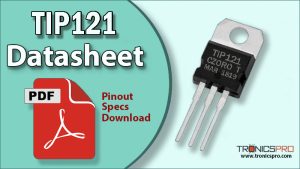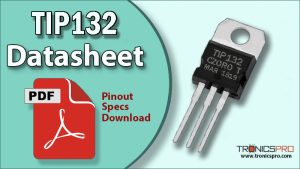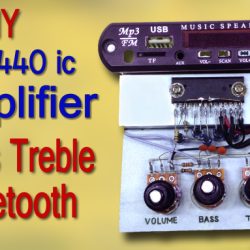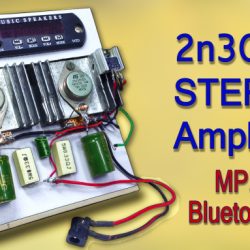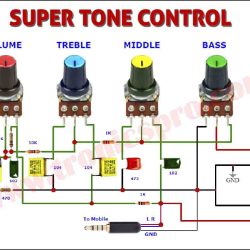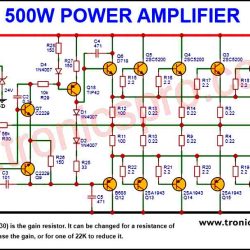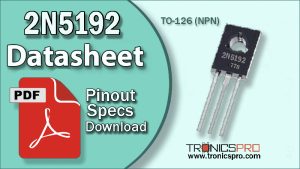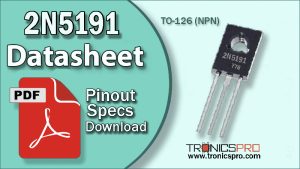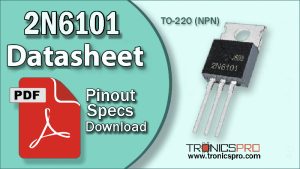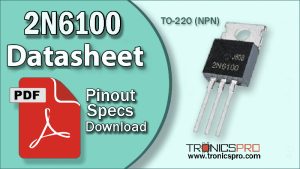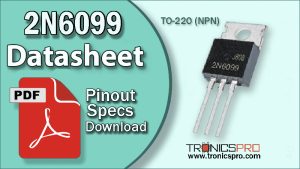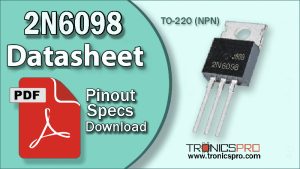If you need a reliable PNP transistor for medium-power switching or audio output stages, this guide covers everything you must know — including the 2N5195 pinout, specifications, equivalents, and real-world applications. The 2N5195 PNP transistor is a high-performance device built for circuits requiring strong current handling and dependable thermal performance.
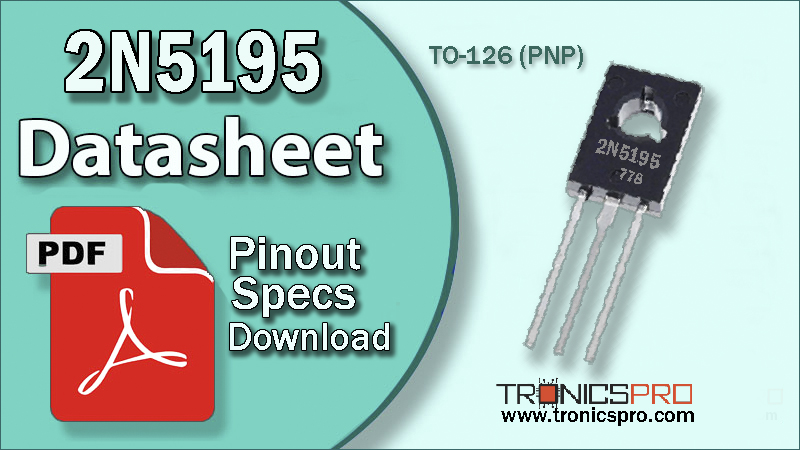
Introduction to 2N5195 PNP Transistor
The 2N5195 is a rugged PNP bipolar junction transistor designed for power switching, amplifier stages, and medium-current driver circuitry. With a collector-emitter voltage rating of -80V and collector-base voltage of -80V, it is ideal for circuits that operate in higher voltage ranges.
Its 4A collector current capability and 40W power dissipation make it suitable for audio amplifiers, motor drivers, power supplies, and industrial control hardware. Packaged in TO-126, the 2N5195 offers excellent heat conduction while maintaining a compact footprint for tight PCB layouts.
2N5195 PNP Transistor
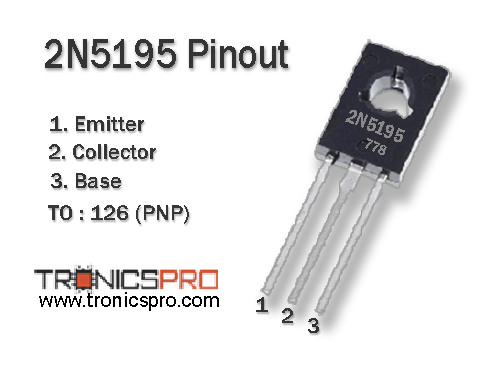
Pinout of 2N5195
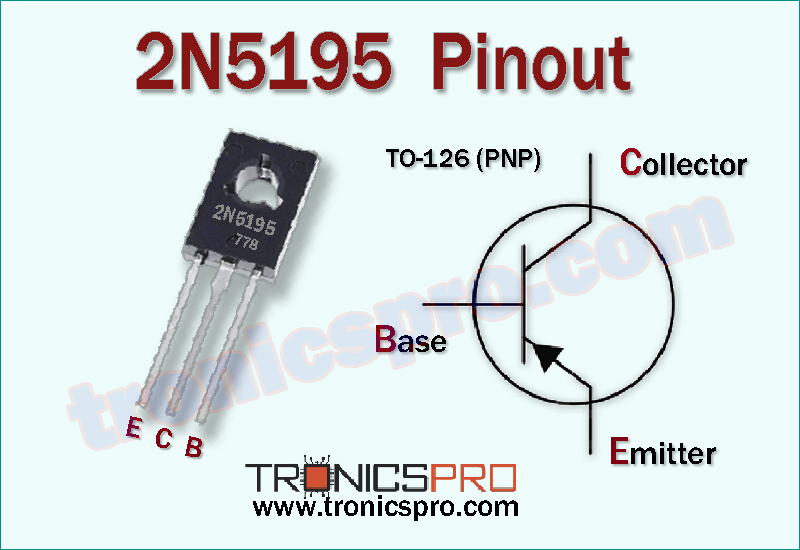
Pin Configuration of 2N5195 Pinout
| Pin# | Pin Name |
|---|---|
| 1 | Emitter |
| 2 | Collector |
| 3 | Base |
Understanding the 2N5195 Pinout Configuration
The 2N5195 pinout follows the standard E-C-B (Emitter–Collector–Base) arrangement when viewed from the front of the TO-126 package. Correct pin wiring ensures optimal performance and prevents accidental damage.
Key Features of 2N5195 Transistor
- Medium-power PNP transistor
- Suitable for audio amplifier output stages
- Reliable for switching and motor drivers
- Strong thermal handling in TO-126 package
- Stable gain for linear and power applications
- Durable structure for industrial circuit designs
2N5195 Transistor Datasheet and Specifications
- Collector-Emitter Voltage (Vce): -80 V
- Collector-Base Voltage (Vcb): -80 V
- Emitter-Base Voltage (Veb): -5 V
- Collector Current (Ic): -4 A
- Power Dissipation (Ptot): 40 W
- DC Current Gain (hFE): Moderate range
- Package Type: TO-126
- Pin Configuration: E-C-B
- Transistor Type: PNP
Working Principle of 2N5195 Transistor
The 2N5195, being a PNP transistor, turns ON when its base is driven slightly negative relative to the emitter. Once activated, it allows a larger current to flow from emitter to collector.
Its power capability and voltage tolerance make it ideal for:
- Motor and solenoid drivers
- Linear amplifier designs
- DC switching circuitry
- Power supply regulation
- Industrial control automation
Combined with its thermal efficiency, the 2N5195 performs reliably under continuous load and dynamic power cycling.
More Circuit Layouts



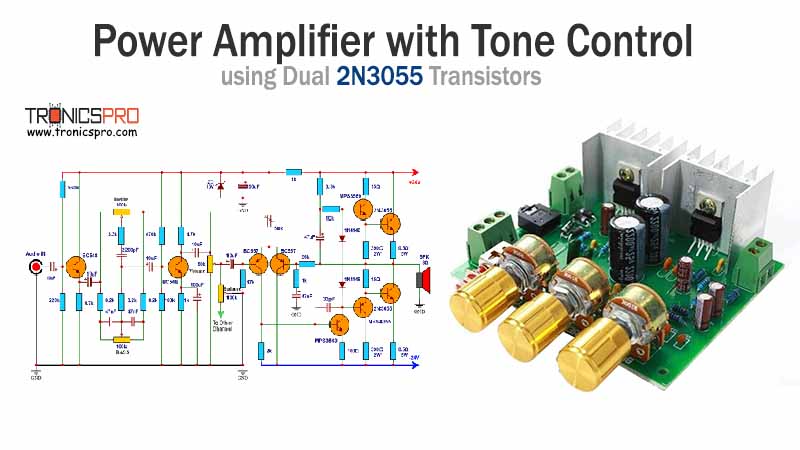
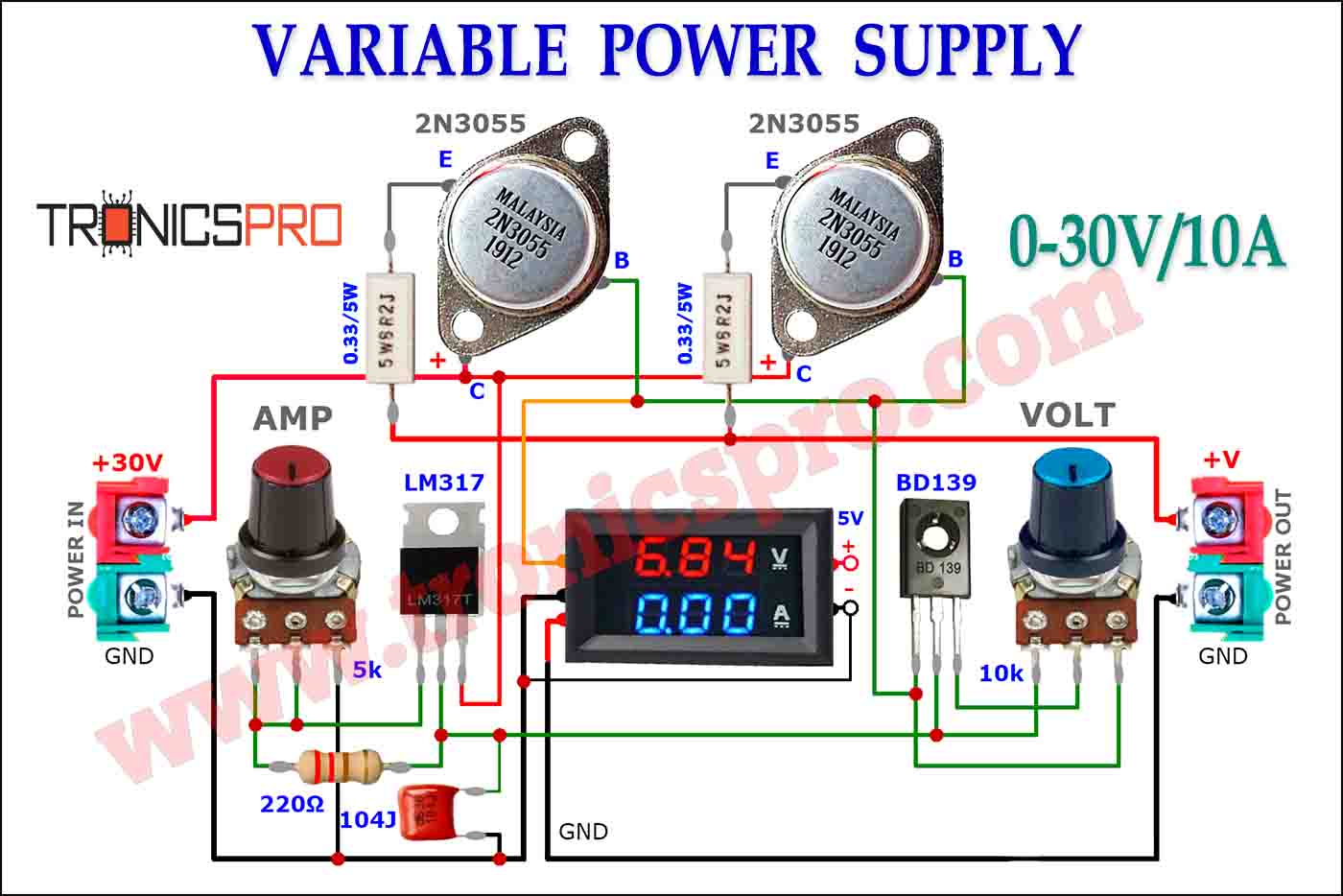


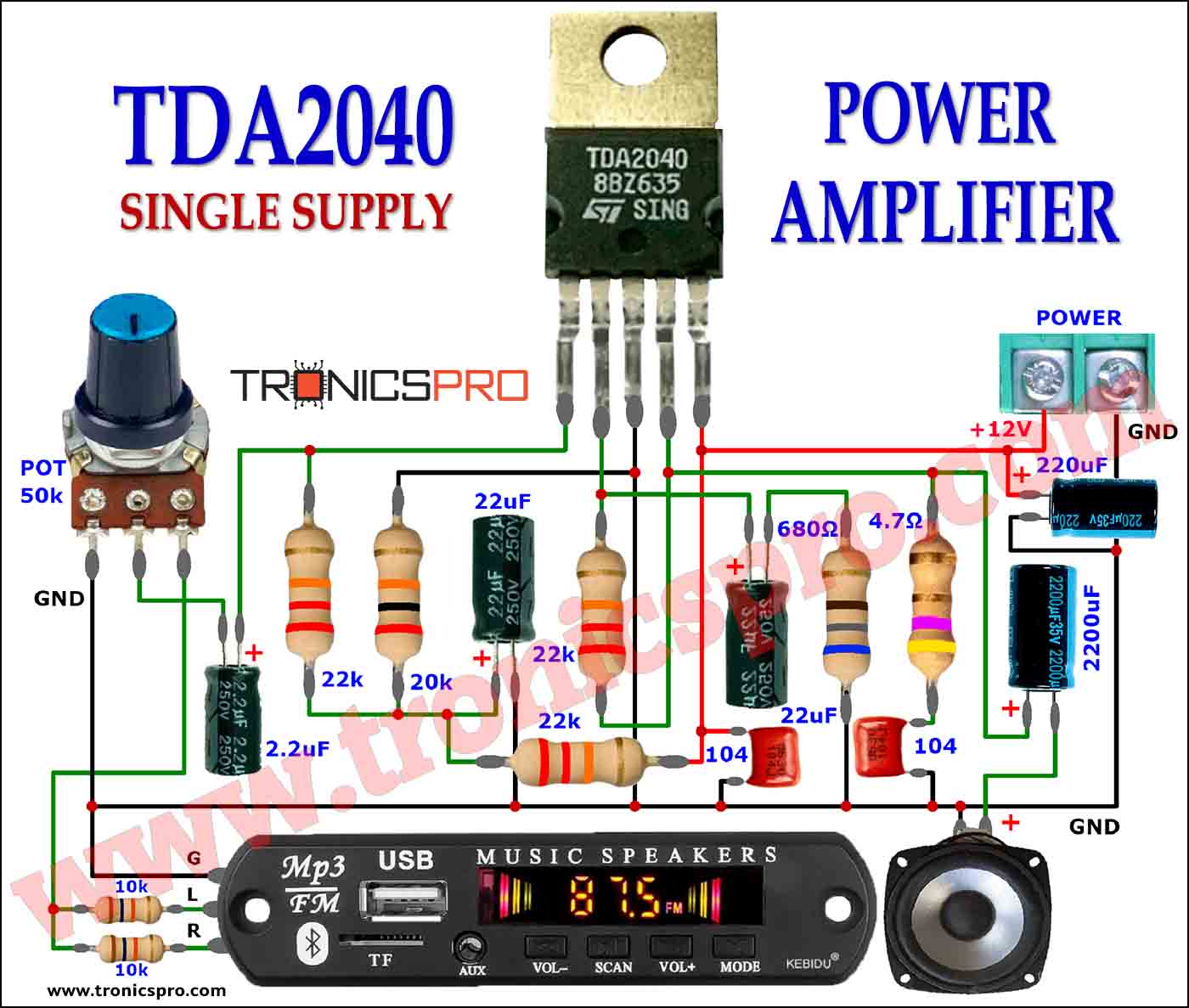
Applications of 2N5195 Transistor
- Medium-power audio output stages
- Relay and motor control drivers
- Voltage regulators and DC switching circuits
- Industrial power interfaces
- Push-pull amplifier stages (with NPN complementary)
Equivalent and Alternative Transistors
Common equivalents for 2N5195 include:
Always verify pinouts since some substitutes use different lead layouts.
NPN Complementary Transistor
The complementary pair for the 2N5195 PNP transistor is:
- 2N5192 (NPN) — identical voltage and power rating.
This complementary pair is ideal for balanced amplifier stages, push-pull outputs, and symmetrical switching circuits.
Comparison Summary – 2N5195 vs 2N5192
The 2N5195 (PNP) and 2N5192 (NPN) transistors share the same voltage ratings, current capacity, and thermal characteristics. The main difference is their polarity:
- 2N5195 PNP handles current sinking operations in negative-side switching.
- 2N5192 NPN handles sourcing operations on the positive side.
Together, they form a reliable complementary set suitable for:
- Hi-fi audio push-pull amplifier stages
- DC motor H-bridge circuits
- Power switching transitions with minimal distortion
Their matched characteristics make them highly effective for circuits requiring symmetrical performance.
Frequently Asked Questions (FAQ)
What is the 2N5195 used for?
It is used in medium-power switching, motor drivers, amplifiers, and industrial control circuits.
What is the 2N5195 pinout?
The pinout is Emitter–Collector–Base (E-C-B).
What type of transistor is 2N5195?
It is a PNP bipolar junction transistor.
What is the maximum collector current?
It supports up to 4A continuous current.
What is the complementary NPN transistor?
The complementary device is 2N5192.
Conclusion
The 2N5195 PNP transistor is a powerful and dependable device engineered for medium-power electrical applications. With its strong -80V operating capability, 4A current handling, and 40W power dissipation, it offers excellent performance in power control, audio, and industrial systems. Understanding the 2N5195 pinout, equivalents, and typical uses ensures reliable integration into any project or design.
Datasheet & Pinout of 2N5195 PNP Transistor
Click the following Button to download the datasheet of 2N5195 Transistor :
More projects, You may like:
- Video Transmitter DIY Homemade FM Radio Transmitter
- Adjustable Power Supply DIY Battery Charger
- 12V-220V 500 Watt inverter DIY Homemade
- MPPT Solar Charge Controller DIY Homemade
- DIY LA4440 bass amplifier homemade
For more project and circuit diagrams, you can go through the Schematics in the main menu where you can find many interesting projects and circuit diagrams like audio amplifier circuits, voltage booster circuit, battery charger circuit and timer circuits etc., which are all beginner circuit projects. Feel free to check them out!

Thank you for visiting the article.


